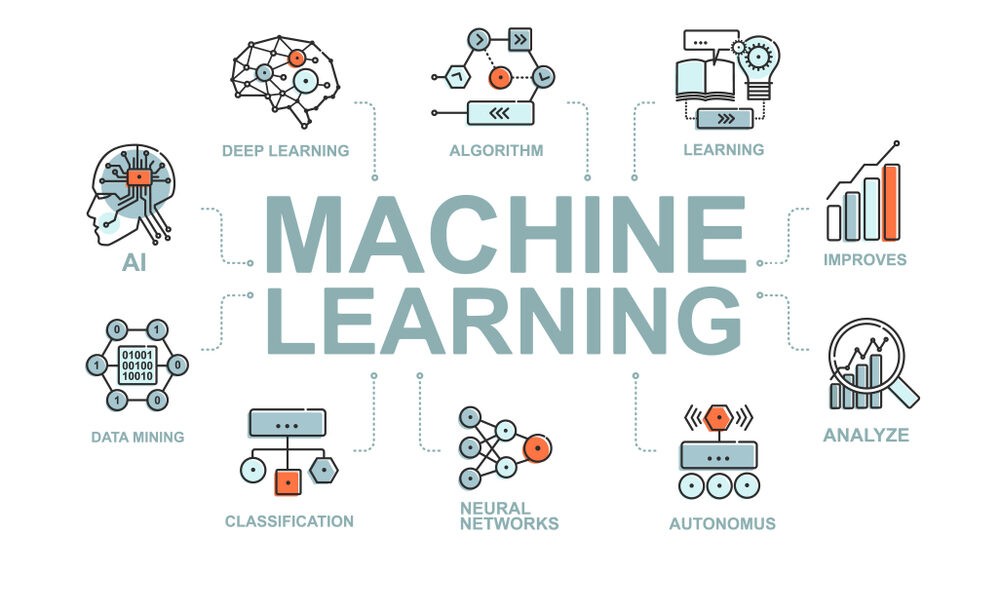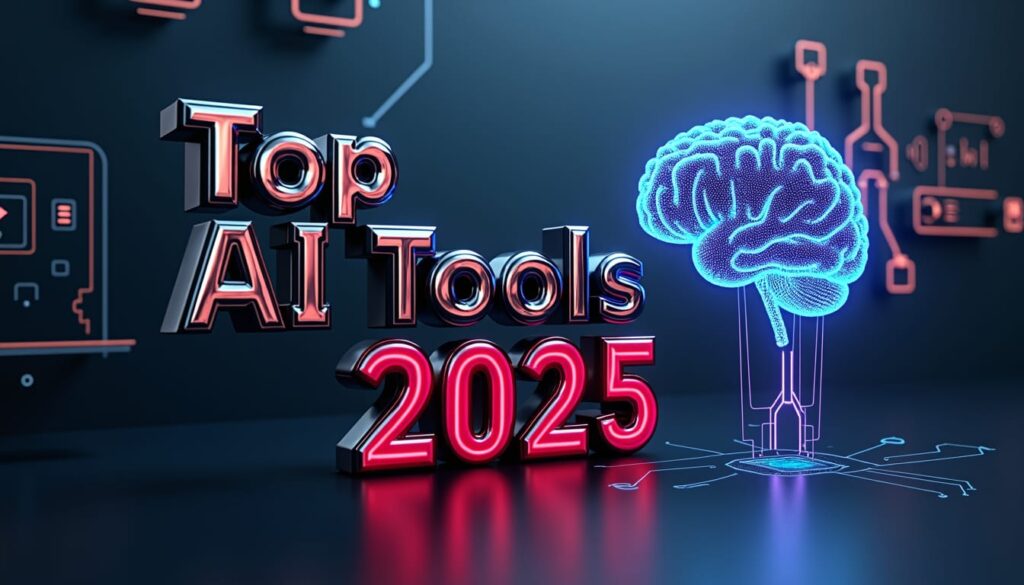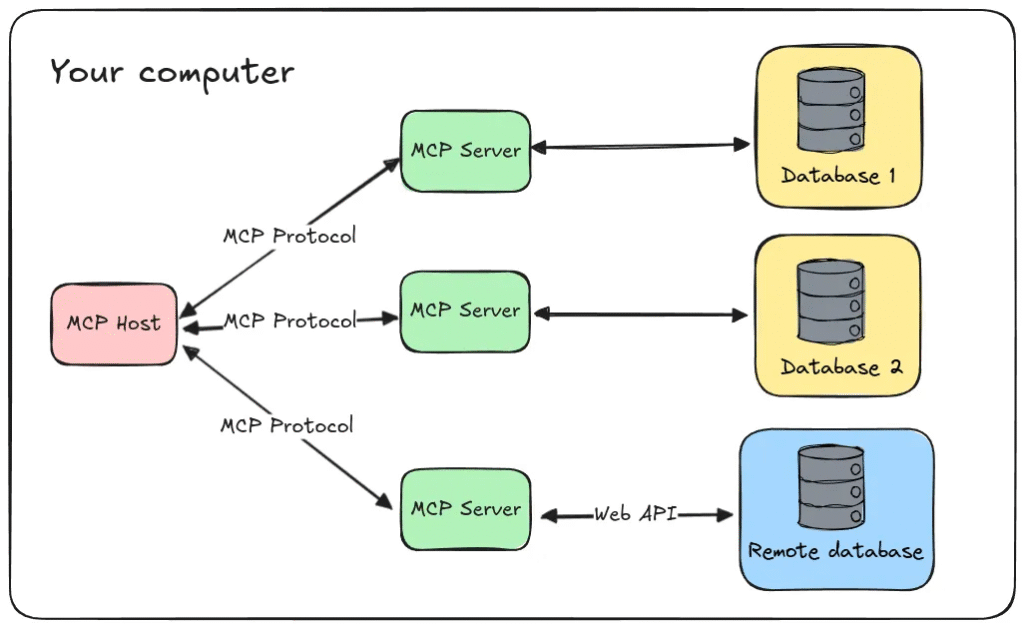Machine learning (ML) is a branch of artificial intelligence (AI) that enables computers to learn from data and make decisions without being explicitly programmed. By identifying patterns and making predictions, machine learning has the potential to transform industries and improve our daily lives. This blog will provide an introduction to machine learning, its key concepts, types, and applications.
What is Machine Learning?
Machine learning involves the development of algorithms that allow computers to learn from and make predictions based on data. These algorithms build models from sample data—known as training data—to make predictions or decisions without being explicitly programmed to perform the task.
Key Concepts in Machine Learning
Data: The foundation of any machine learning model. Data can be in the form of numbers, text, images, or audio, and is used to train and test the model.
Algorithms: A set of rules or procedures used to find patterns in data and build models. Examples include linear regression, decision trees, and neural networks.
Model: A mathematical representation of the patterns found in the training data. Once trained, the model can make predictions on new, unseen data.
Training: The process of feeding data into the machine learning algorithm to create the model. During training, the algorithm adjusts its parameters to minimize errors in its predictions.
Testing: Evaluating the model’s performance on a separate set of data to ensure it generalizes well to new, unseen data.
Features: Individual measurable properties or characteristics of the data used for making predictions.
Labels: The output variable or target that the model is trying to predict.
Types of Machine Learning
Supervised Learning: The algorithm learns from labeled training data, making predictions based on input-output pairs. Common algorithms include linear regression, logistic regression, and support vector machines (SVMs).
Classification: Predicting a discrete label (e.g., spam or not spam).
Regression: Predicting a continuous value (e.g., house prices).
Unsupervised Learning: The algorithm learns from unlabeled data, identifying patterns and relationships. Common algorithms include k-means clustering, hierarchical clustering, and principal component analysis (PCA).
Clustering: Grouping similar data points together (e.g., customer segmentation).
Dimensionality Reduction: Reducing the number of features in the data while preserving important information (e.g., PCA).
Semi-Supervised Learning: Combines labeled and unlabeled data for training, typically with a small amount of labeled data and a large amount of unlabeled data. This approach is useful when labeling data is expensive or time-consuming.
Reinforcement Learning: The algorithm learns by interacting with an environment, receiving rewards or penalties based on its actions. Common algorithms include Q-learning and deep Q-networks (DQNs).

Applications of Machine Learning
Healthcare: Predicting disease outbreaks, diagnosing illnesses, personalizing treatment plans, and discovering new drugs.
Finance: Fraud detection, algorithmic trading, credit scoring, and risk management.
Retail: Recommendation systems, inventory management, customer segmentation, and demand forecasting.
Marketing: Customer segmentation, sentiment analysis, and targeted advertising.
Transportation: Autonomous vehicles, route optimization, and traffic prediction.
Natural Language Processing (NLP): Language translation, sentiment analysis, and chatbots.
Computer Vision: Image recognition, facial recognition, and object detection.
Getting Started with Machine Learning
Learn the Basics: Start with fundamental concepts in mathematics, statistics, and computer science.
Take Online Courses: Enroll in courses and certifications to build a strong theoretical foundation.
Work on Projects: Apply your knowledge to real-world problems by working on projects and participating in competitions.
Read Books and Research Papers: Deepen your understanding by exploring literature and staying updated with the latest advancements.
Join Communities: Engage with the machine learning community, seek mentorship, and collaborate on projects.
Popular Machine Learning Tools and Libraries
Programming Languages: Python, R
Libraries:
Scikit-learn: A comprehensive library for traditional machine learning algorithms.
TensorFlow and Keras: Frameworks for building and training deep learning models.
PyTorch: A dynamic deep learning framework known for its flexibility and ease of use.
Data Visualization: Matplotlib, Seaborn, Tableau
Big Data Tools: Hadoop, Spark
Cloud Platforms: AWS, Google Cloud, Microsoft Azure
Conclusion
Machine learning is a powerful tool that leverages data to make predictions and decisions, transforming industries and enhancing our daily lives. By understanding its key concepts, types, and applications, you can begin your journey into the fascinating world of machine learning. Whether you’re a student, professional, or enthusiast, the opportunities in this field are vast and growing, offering exciting prospects for innovation and impact.



